Rewilding and conservation are both concepts that can be difficult to define and separate correctly since both can mean different things to different people. But how can we break these two different environmental protection approaches down, and how do they differ, along with the pros and cons of each? We will try to unpack that here.
Definition of Conservation
Just as conservation of a resource like conservation of electricity or water is protecting and preserving that resource, conservation of nature is the protection and preservation of natural landscapes, ecosystems, and species. This involves limiting the exploitation of natural resources, mitigating any harm and pollution, and involving active care and not neglecting them. An example would be preserving peatlands or limiting the hunting of certain species through the establishment of permits.
Conservation has also become somewhat of an umbrella term for many types of environmental protection, with these types analogous to branches on a tree. As mentioned, this can include legal protection for both habitats and species but can also include ecological restoration; cleaning up and mitigating pollution; promoting awareness of environmental issues, education and outreach programmes; creating management plans for habitats and species that need them; or running breeding programmes for rare animals. Reintroducing animals into places where they were lost due to human interventions is a type of conservation action. It aims to conserve the natural landscape as it was before human impact.
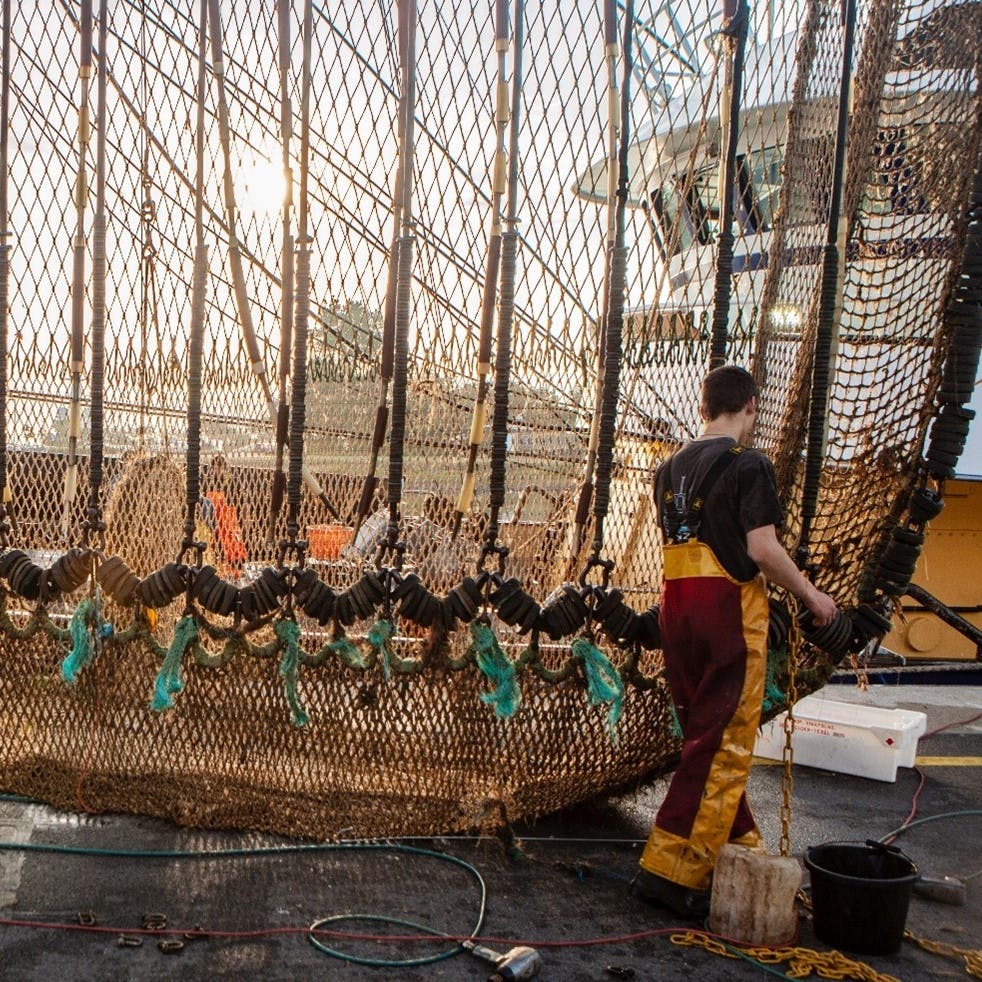
Definition of Rewilding
Rewilding, unlike conservation, is a relatively new concept. However, in this timeframe, it has already become somewhat convoluted in the possible definitions of rewilding out there, and different people or organisations have slightly varied definitions. The 're-' prefix means 'back' in Latin and implies returning something to what it once was. However, when that 'once' was or how to bring it back is what can differ significantly between rewilding definitions.
The original meaning of rewilding, formulated in the 1990s, was using top-down trophic effects to return a landscape or ecosystem to what it was before human intervention. Trophic levels are levels of a food chain in an ecosystem, imagined similar to a food pyramid. Top-down control implies that the predator or largest grazer controls the rest of the levels under them. Bottom-up control assumes that the lower levels are the availability of a plant species or the availability of prey that controls the upper levels. The original definition formulated in 1991 for the Wilderness Project focused only on carnivores and termed the 3 C's: cores, corridors, and carnivores.
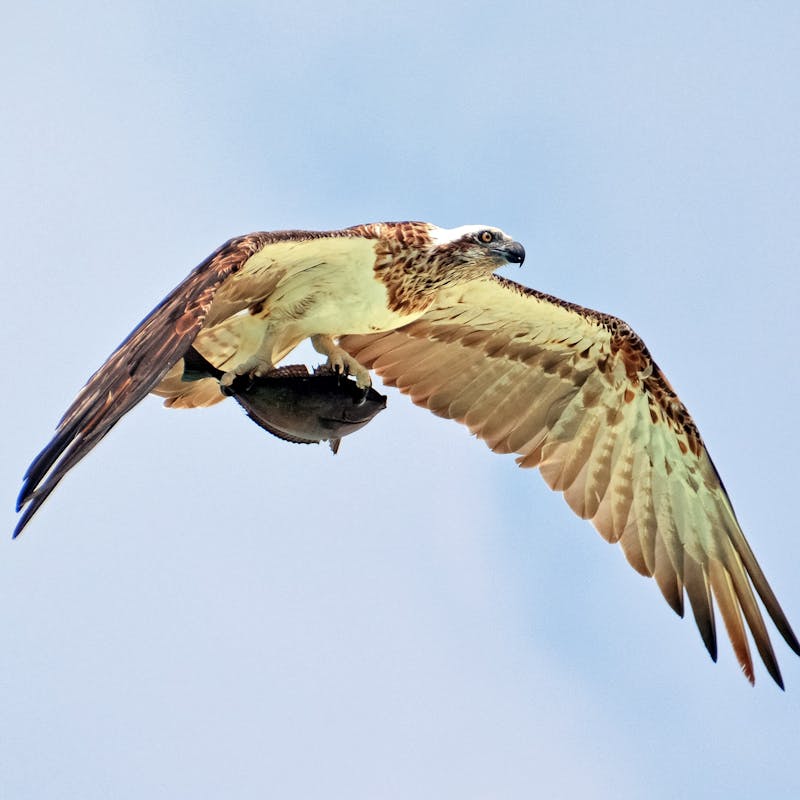
While conservation often looks to the past, rewilding ... looks to the future.
George Monbiot, environmental activist

Take action now
Do you want to have a direct impact on climate change? Sir David Attenborough said the best thing we can do is to rewild the planet. So we run reforestation and rewilding programs across the globe to restore wild ecosystems and capture carbon.
Get involvedThe Wilderness Project and Pleistocene Rewilding
The Wilderness Project aimed to create core wilderness areas in North America connected by ecological corridors which have their tropic systems controlled by the reintroduction of large predators. However, the 3 C's approach did not catch on so much after that initial project. Still, the stage for rewilding was set, and originally rewilding involved the bringing back of predators or large grazers to a landscape where they were no longer present. Rewilding then either focused on reintroductions of specific species or on newly introducing a functionally similar species where the initial species went extinct. A famous example is the wolf reintroduction to Yellowstone Park that successfully regenerated that surrounding ecosystem.
This type of rewilding led to another type in the early 2000s termed Pleistocene rewilding. Pleistocene rewilding is when large grazers are relocated to the tundra to bring back the grasslands that were there in the Pleistocene age. In this type of rewilding, animals that are now extinct, such as woolly rhinoceros, would be substituted with extant large herbivores such as yaks or musk ox.
There was a branching of the definition of rewilding after that. This included land abandonment, releasing captive-bred animals back into the and translocation rewilding. While the other two are self-evident, translocation rewilding focuses solely on reintroducing a species to restore an ecosystem function or process that has been lost or is not working as it was before human intervention.
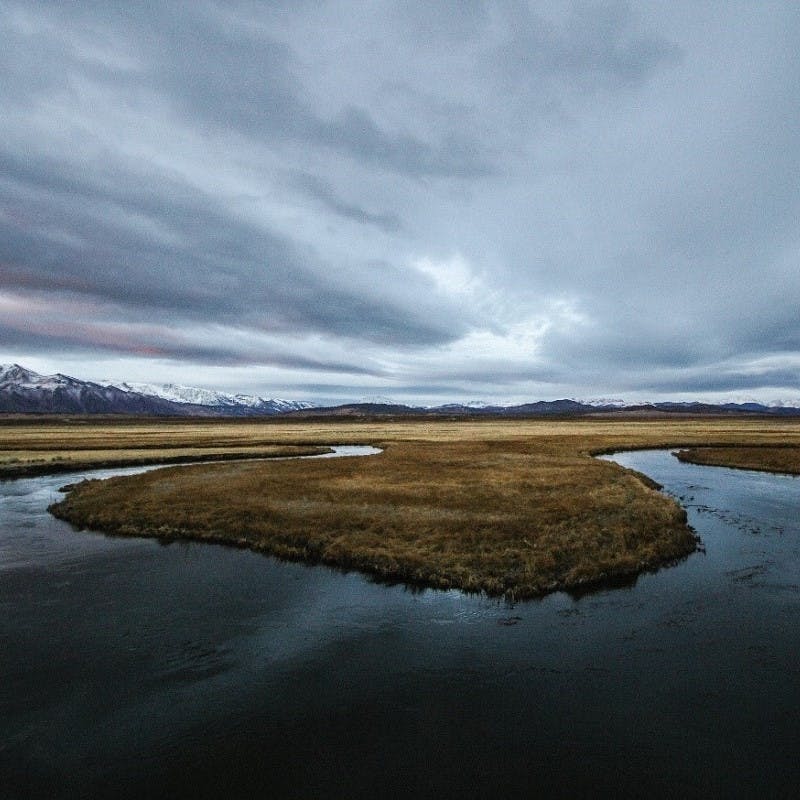
Types of Rewilding
A general and all-encompassing definition of rewilding is that it is "a process of (re)introducing or restoring wild organisms and/or ecological processes to ecosystems where such organisms and processes are either missing or are 'dysfunctional'" (Prior & Ward, 2016). This encompasses all the previous definitions of rewilding that we have covered and all possible time scales, not meaning necessarily back to the Pleistocene age or before humans heavily impacted the landscape. Similarly, there is no limit on how much human involvement there can be, from land abandonment to reintroducing species.
Active and Passive Rewilding
From there, rewilding can have even more leanings and types. It can be broken down into passive or active rewilding. Active rewilding uses active human intervention such as reintroducing species or removing human obstructions such as dams or weirs over rivers. Passive rewilding may include abandoning land or some in places, building fencing to allow a place to regenerate through ecological succession while excluding domestic livestock.
Nature-led and Intervention-based Rewilding
After that, rewilding can also be divided into nature-led or intervention-based rewilding. Nature-led rewilding is similar to passive but can also involve active rewilding such as when planting trees. Intervention-based is similar to active, as when barriers are removed from rivers, it can also be passive, such as when fencing away land to stop trespassers or livestock from hindering the ecosystem from recovering by itself through ecological succession. Ecological succession is the process by which species composition changes in an ecosystem over time.
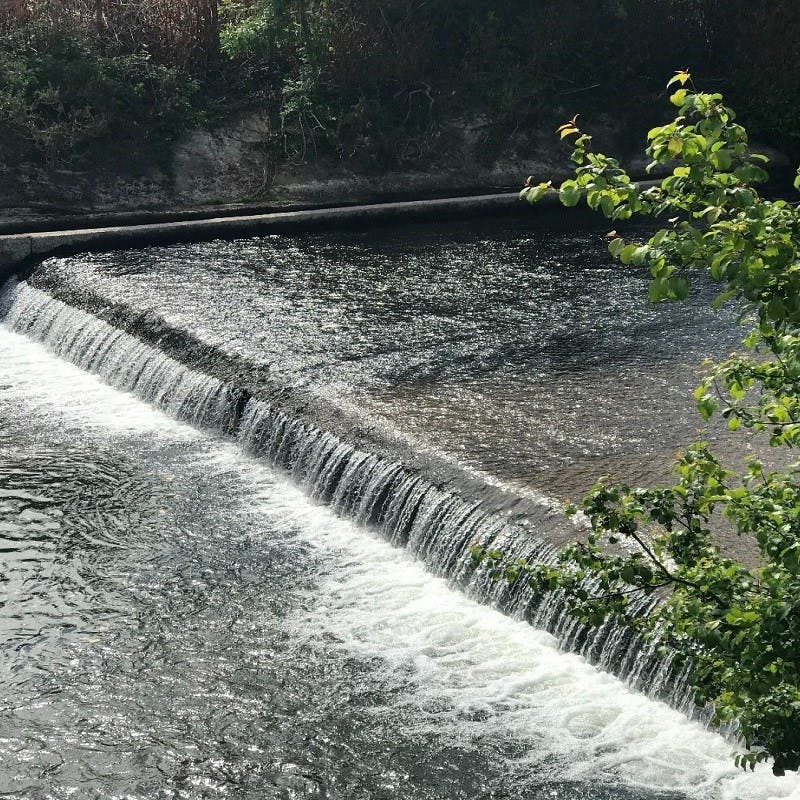
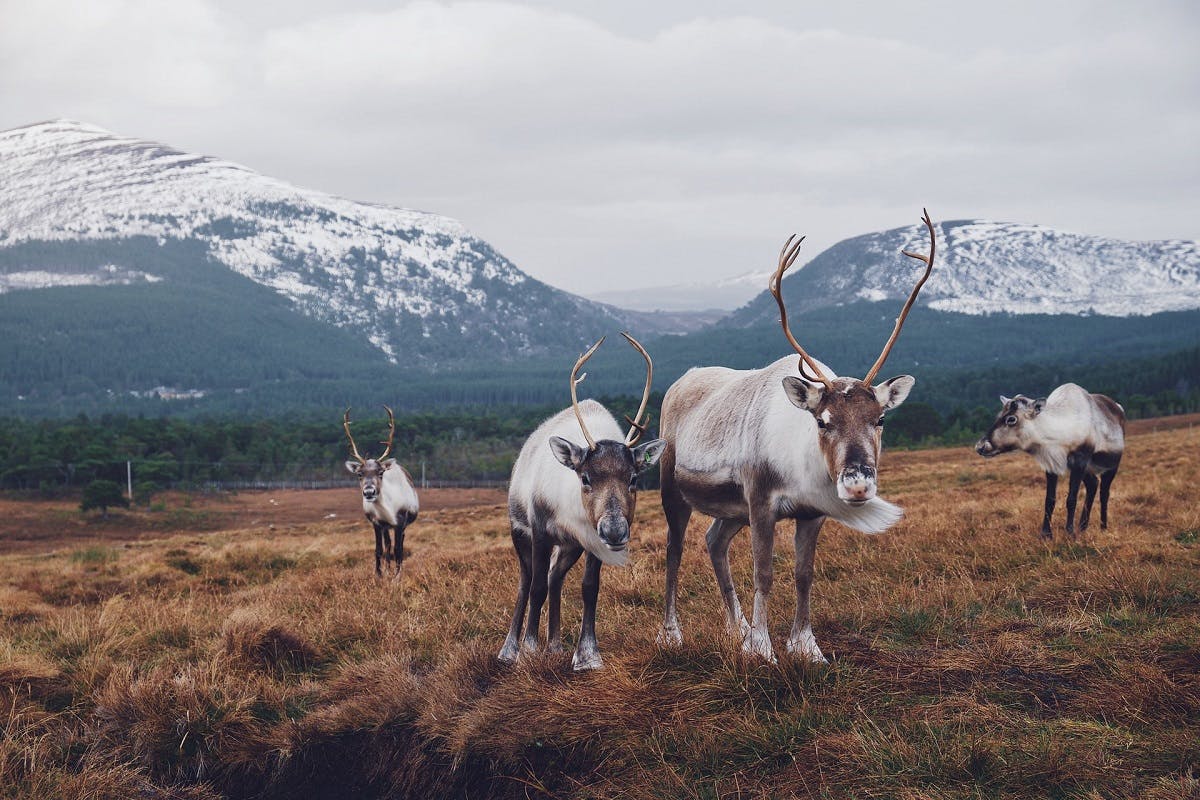
How Rewilding Differs from Traditional Conservation
Due to the many different definitions of rewilding, exactly how much rewilding and typical conservation practises differ from each other depends on the exact context of action being undertaken and the exact type of rewilding being used.
In general, rewilding differs from traditional conservation as it is more focused on the action of 'returning' a place back to its natural state rather than preserving a place in its natural state. Thus, rewilding focuses on actions to move a place from an impacted state to a natural state. At the same time, conservation tends to focus on maintaining an area or resource in its natural state and protecting it from human impact. However, if you view rewilding by the strict definition of translocation of species, the difference between the two practises deepens.
It gets even more complex to note that rewilding is a type of conservation method since it mainly aims to protect and preserve wild areas after being established. But while rewilding is a type of conservation action, many types of conservation are not rewilding. While rewilding a landscape or a habitat, we ultimately aim to protect and preserve the natural order of that landscape or habitat for future generations. Setting up laws that protect species from poaching would not be an example of rewilding but is a common and crucial conservation practise.
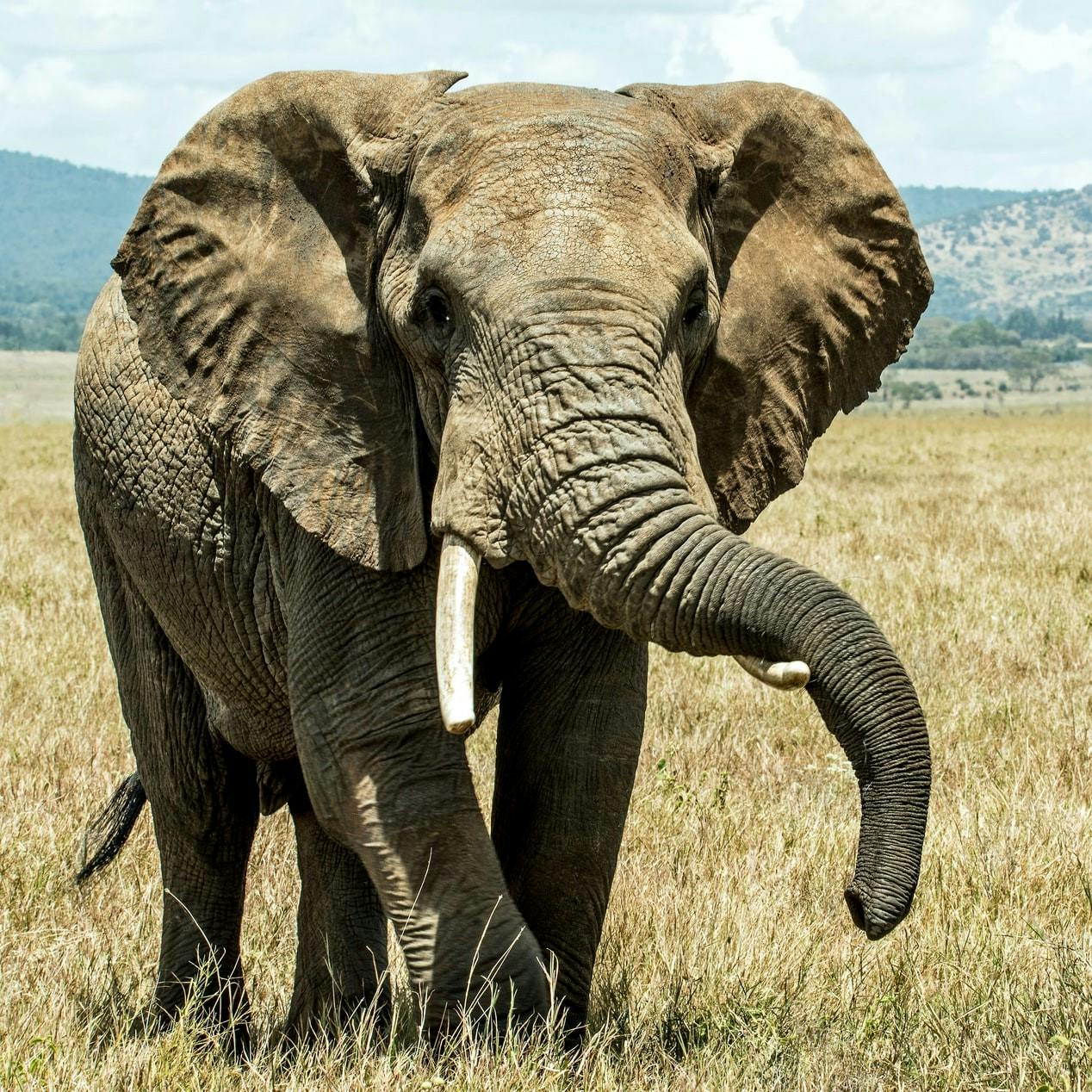
The Pros and Cons of Each Approach
There are pros and cons with each approach, some that differ among types and some that are shared. Due to the more recent history of rewilding and its more flexible set of definitions and its entry into everyday media discourse, there is more scepticism surrounding the word and its associated type of environmental action. There is discussion in scientific circles that certain facets of rewilding such as the 3 C's approach or Pleistocene rewilding are too extreme or fanciful notions with not enough scientific evidence to back them or that while they may be scientifically possible, they take away funding and attention from the tried-and-true methods of typical conservation action.
However, it is essential to remember that while the more specific types of rewilding focus may be up for debate, the more general idea of what rewilding is — restoring key ecosystem processes, be that with or without species introductions, encompasses a lot of the typical and widely accepted conservation work such as halting habitat degradation and tree planting. It can therefore be argued that while some types of rewilding are more experimental and less tried-and-true than conservation approaches, those more experimental approaches such as Pleistocene rewilding are needed in science to acquire new knowledge and new methods to preserve and protect the natural world. These rewilding approaches use adaptive learning and management to make sure that they are acting in regard to their overall environmental goals and values and learning as they implement their strategies.
Additionally, while conservation work is needed to protect our natural world for the future, the act of rewilding and 'going back' to a state of pre-human intervention is important to help heal ecosystems and animal populations that have been negatively affected by humans. Suppose a bird species has suffered greatly due to hunting pressure and was lost from certain areas due to this pressure. It is crucial to limit or halt that hunting and reintroduce that species to where they once had been or build nest platforms or monitor their numbers to help their population regenerate. Thus, conservation work and rewilding work can work in synergy, and both are needed to protect and preserve the natural world while healing it and reducing the negative impacts that humans have caused.

Mossy Earth's Approach to Rewilding
Mossy Earth carries out its rewilding projects by focusing on restoring an area to its natural state and restoring key ecosystem processes. Still, we do not limit ourselves to working through the translocation of species. Much of the work that Mossy Earth does can be categorised as conservation. We aim to protect and preserve nature that is already there, such as building eagle nest platforms in Scotland or radio tagging Atlantic salmon. There is rewilding, as we are restoring habitats, species, or ecosystem processes that were lost or degraded by human activity.
However, we use such various methods to carry out our rewilding that our projects can be very different. For example, to protect the Iberian wolf in Portugal, Mossy Earth supports the training of livestock guard dogs as this reduces the farmer-wolf conflict that threatens the wolves in that area. Other projects are more of the monitoring variety, such as the radio-tagging of Atlantic Salmon in Scotland or GPS-tagging vultures in Portugal. However, some projects hit close to translocation rewilding, such as the translocation of Mountain hares in the highlands of Scotland or the kelp restoration trials that we are undertaking off the coast of Cascais in Portugal.
Mossy Earth also takes into importance adaptive learning in all its projects to learn more about our natural world and how to help it best. At the heart of it, Mossy Earth's aim for rewilding is to bring back ecosystems and habitats to their natural state before they were impacted by humans and the consequential effects of human expansion.
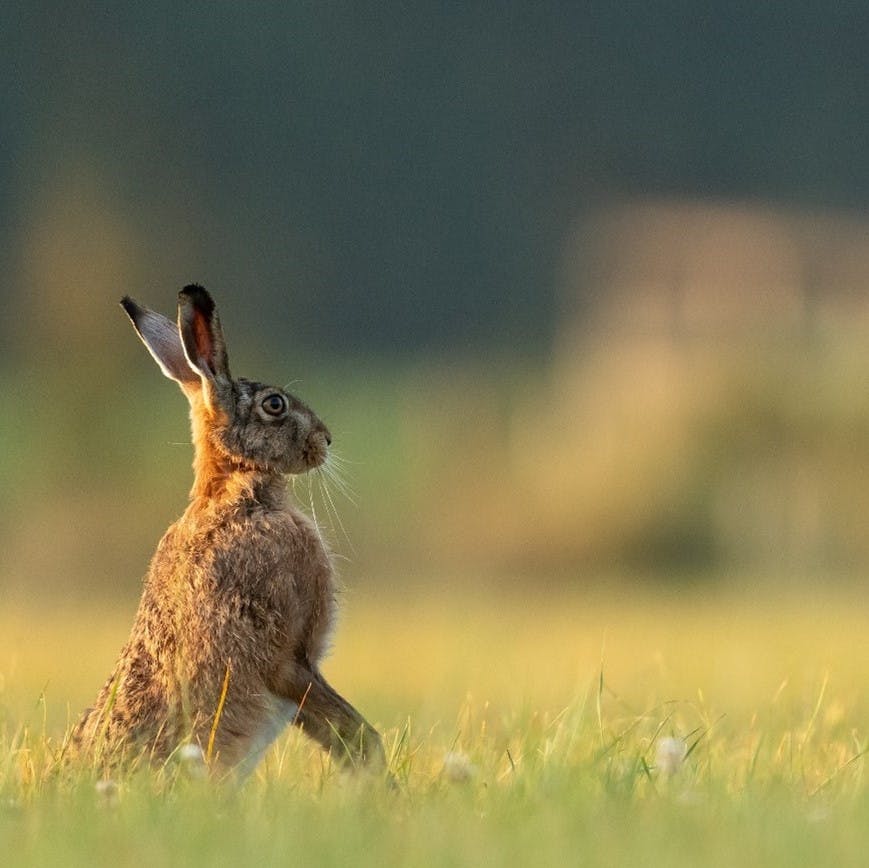

Glossary of terms
Trophic levels: The levels of a food chain in an ecosystem, imagined similar to a food pyramid.
Top-down control in a food chain: The species at the top of the food web, usually a predator or large grazer, controls the population numbers of the rest of the levels under them.
Bottom-up control in a food chain: The lower levels of a food web, the availability of a plant species, or the availability of prey control the population numbers of the species of the rest of the levels above them.
Ecological succession: The process by which species composition changes in an ecosystem over time.
Pleistocene rewilding: when large grazers are relocated to the tundra to bring back the grasslands that were there in the Pleistocene age.
Translocation rewilding: reintroducing a species to restore an ecosystem function or process that has been lost or is not working as it was before human intervention.
Sources & further reading

- “Rewilding… conservation and conflict” - ECOS
- “Restoration, reintroduction, and rewilding in a changing world” - National Library of Medicine
